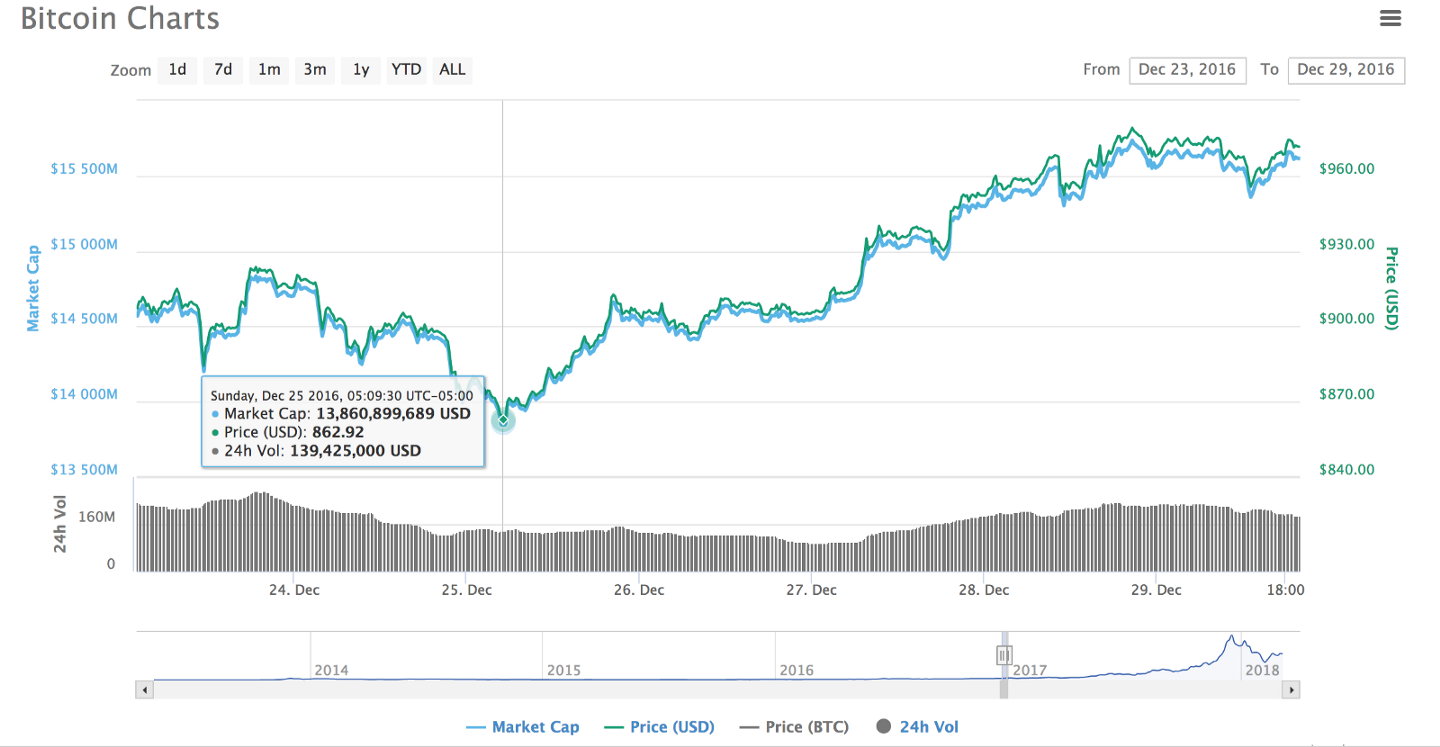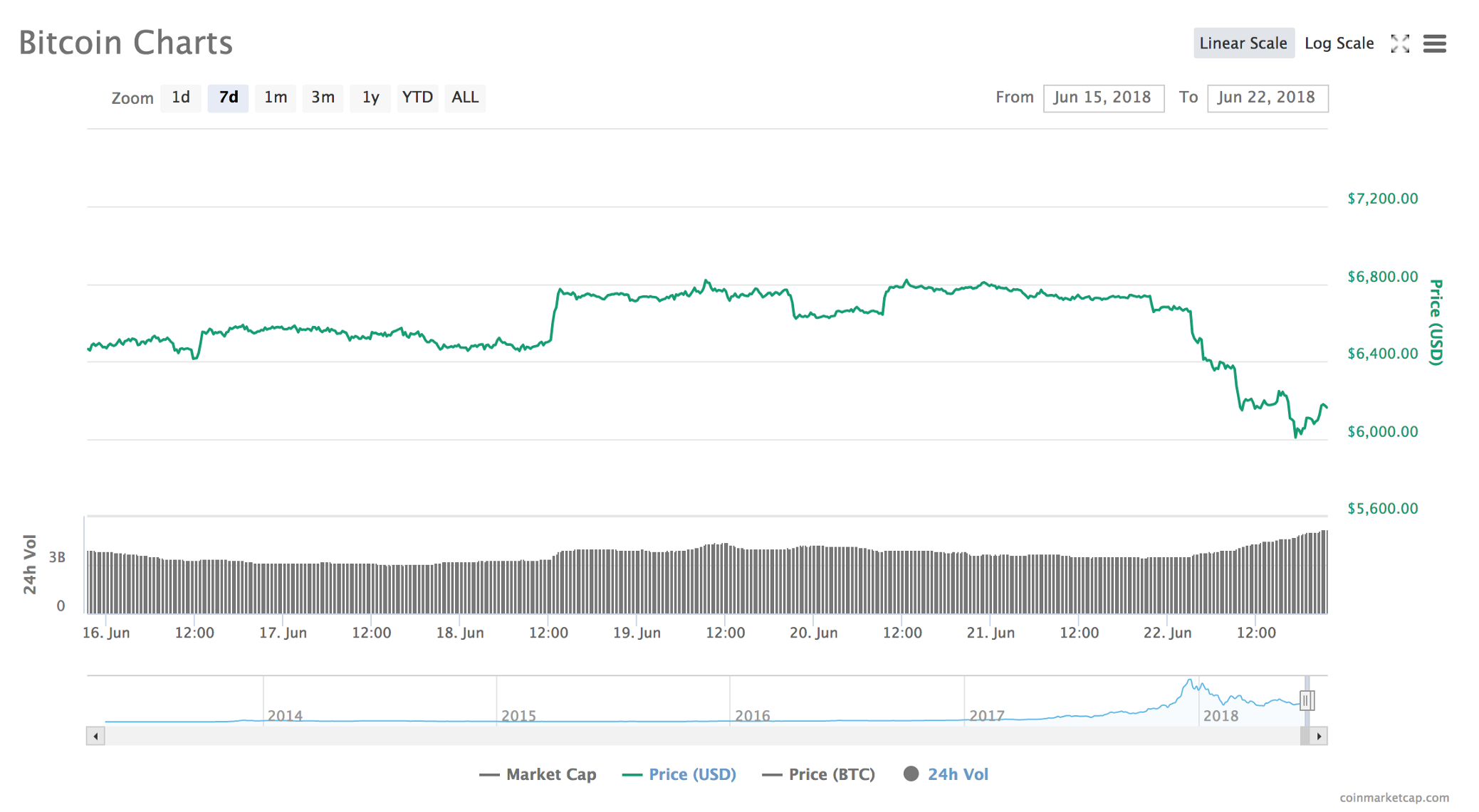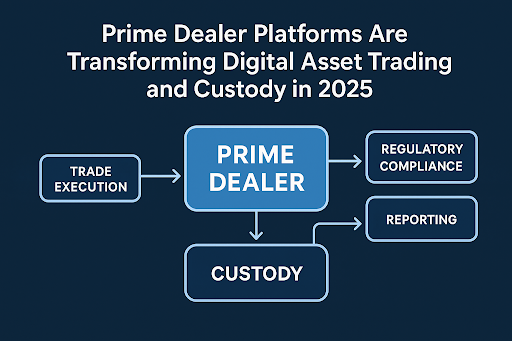Day trading cryptocurrencies may lead to outsized profits — but, if you don’t know what you’re doing, it can lead to outsized losses instead.
On April 12th, 2018, Bitcoin’s (BTC) price jumped over 10% in a single minute. If you’d been properly positioned with a good strategy, you could have made a single trade and increased your position’s value by 10% almost instantly. On the other hand, if you were shooting in the dark and didn’t have a strategy, you could have taken a big hit in 60 seconds.
We’ve rounded up the 7 costliest day trading mistakes to try to avoid. Steer clear of these, and you could be on your way to becoming a more responsible day trader—and, if you’re ready to try trading for yourself, sign up for SFOX to access the best price execution on all major crypto assets with our proprietary smart-routing order types.
Mistake #1: Trading on FOMO and FUD
When you trade based on your emotions rather than analysis, chances are good that you’ll lose your money before long. And if you’re not careful, news cycles and forums will cloud out everything except your emotions.
Maybe you remember when, thanks to The Wall Street Journal, everyone thought the SEC was going to meet on May 7th to decide whether or not Ethereum (ETH) was a security. If you had taken up a large position in ETH prior to the 7th, you would have been disappointed when the price fell from ~$793 USD to ~$743 USD amidst news that there actually was no meeting after all.

And then you’d have been more disappointed when you realized that ETH’s price still has yet to recover to the price at which you initially bought it.
You could try this instead: Develop your own day trading strategy with indicators and rules that you understand and hold yourself to. Then read the news, but read it with a grain of salt — and try not to make trading decisions based on rumors that might be debunked the very next day. You shouldn’t buy just because you see the price rise and fear missing out.
Think about evaluating your rules over time: look at your performance and gather data on which rules are making money and which are losing money. Don’t be afraid to revise the rules that are losing you money. Updating your rules in a results-driven way may help keep you disciplined and resistant to FOMO and FUD.
Mistake #2: Using the wrong tools
Not all cryptocurrency products were built with day trading in mind, and some can end up limiting one’s ability to day trade effectively.
Wallets are a good example of this. Many cryptocurrency storage solutions — for example, hardware wallets like the Trezor and Ledger — are designed with maximum security in mind (with good reason!). But these aren’t meant to be used with day trading: the amount of time it takes to sign and confirm transactions from wallets can delay trades that you’re trying to perfectly time.
You could try this instead: Keep the cryptocurrency that you use for day-trading on the exchange where you’re doing the day trading. Look for security tools that are appropriate for day trading — tools like whitelisting and U2F support.
Mistake #3: Entering a position you can’t exit
Sometimes, it can be easier to enter a position than it is to exit that position. Certain exchanges are fairly illiquid: they don’t have enough buy orders to support easily selling off your cryptocurrency at a good price at any given moment. At other times, exchanges that usually have healthy liquidity might have really low trading volume — for instance, if you’re trading on a holiday or weekend.

If you’re stuck in an illiquid position, you might end up missing a great opportunity for profit-taking, forcing you to stay in a position for longer than you want.
You could try this instead: You could try to avoid times where you know there’ll be relatively less liquidity in crypto — like nights and weekends — by closing out all of your positions every night and over the weekend. You might also consider maximizing the liquidity to which you have access by trading on a platform that allows you to access many different exchanges at once, rather than trading on only one or two specific exchanges.
Mistake #4: Overemphasizing technical analysis
We started this article off by saying that you should consider developing a technical strategy for day trading, rather than trading based on your emotions. While that’s true, it can also be risky to focus too much on technical indicators and ignore what’s actually happening in the market.
For instance, you might have a day trading strategy that exploits differentials in tightly correlated cryptocurrencies: BTC and ETH, for example. If you think that BTC and ETH are tightly correlated and you see that ETH is disproportionately low, you might buy ETH with the expectation that ETH will rise up again to restore its typical relationship with BTC. However, this might be a case of contagion: the whole market is going down. In this case, your technical analysis could be your downfall: you’ve just bought into a position that’s still going down.
You could try this instead: Be sure to keep reading crypto news and price analyses — not just staring at charts. Even though you shouldn’t give in to the FOMO and FUD generated by many crypto articles, you still need the news in order to stay apprised of market conditions. Also consider setting stop-loss orders to ensure that your losses will be mitigated in the event of something like contagion.
Keep a critical perspective on the data that exchanges are providing you: technical analysis is only as good as the data it’s analyzing. When looking at volume numbers, for example, ask yourself: What’s the source of this information? Has it been validated? Could other factors be skewing the number? Beyond just looking at the numbers, it’s important to understand the meaning of those numbers: what they imply, and what biases could be influencing them.
Mistake #5: Not looking at the right spread for the trade you’re trying to make
It’s easy to look to the top of the book for the spread without thinking about it and assume that that represents the price you’d get for your trade.
The top of the order book will show you the lowest price at which someone is willing to sell a cryptocurrency, and the highest price at which someone is willing to buy it — but that doesn’t mean you can buy or sell the amount you want at that price. In fact, the amounts of a cryptocurrency that people are offering to buy or sell at the top of the order book are often quite small, which means that, if you’re trying to buy or sell a larger amount, you’ll have to go deeper into the order book: finding a counterparty who’s offering a price that isn’t as good as the “market price.”

It might be tempting to watch a line graph like the one above and try to day trade off of it, but that won’t give you any information on the depth of an exchange’s order book. That means you probably won’t be able to tell what you’ll actually be paying for your trade.
You could try this instead: Be sure to watch an exchange’s order book to better understand the actual prices you can get for the amount of cryptocurrency you’re trading. Consider breaking your order into smaller pieces to get a better price, or use a trading algorithm that lets you execute your larger order as a stealth order at the top of the order book.
Mistake #6: Not using proper hedging strategies
Risk management is potentially the most important and most often neglected aspect of day trading. If you don’t know how to calculate your value at risk or use multiple exchanges to hedge your trades, you’re exposing yourself to risk.
Suppose you’re watching BTC’s chart and notice multiple Doji candlesticks, a classic indicator of indecision in the market. You have a feeling from a few other indicators that the price is about to rise, so you buy more Bitcoin — but alas, the indecision swings the other way, and you’ve lost money (but hopefully not that much, since you’re placing stop-loss orders!).
You could try this instead: Buy and sell on multiple exchanges; then, when you see those moments of indecision in the market, buy more of the cryptocurrency on the exchange with the lowest price, while simultaneously selling some on the exchange with the highest price. That way, your risk is mitigated: if the price rises, you’ve made money, and if it drops, you can buy back in at the lower price.
Mistake #7: Day trading at all?
We’re not kidding here! As the previous six mistakes suggest, day trading effectively takes a lot of time and effort — and it can make you myopic to the long-term trends of the market.
For instance, suppose you’re day trading Bitcoin and have a rule that you’ll close your position if its price hits 10% over the price for which you bought it. Bitcoin hits that marker so, like a good day trader, you follow your rule strictly and sell. But then, unexpectedly the price just keeps going up as the market continues to recognize Bitcoin’s value. By focusing on day trading, you missed out on greater potential profits.
You could try this instead: If you believe in the mission, technology, and value proposition of a particular cryptocurrency, you may want to consider buying and holding on to it for the longer term. That has the potential to be less stressful and more profitable than day trading.
Patience is rewarding
The term “day trading” suggests manically executing on trades every few minutes. But, as many of these mistakes show, day trading success doesn’t necessarily come for finding a new potential trade every second: you might find more success simply by taking your time, finding opportunities you’re fairly confident in, and executing a couple of trades every day or two.
If you’re interested in getting started in day trading, be sure to check out our beginner’s how-to guide. The more information you’re armed with before you get started, the better equipped you’ll be when you dive into the market.
About SFOX: Since 2014, SFOX has been providing institutions, pro traders, and anyone serious about trading crypto with the most advanced investment platform available anywhere. Capture the best prices on BTC, ETH, LTC, BCH, BSV, ETC, and RVN anywhere in the crypto market from a single trading account with smart-routing order types you won’t find anywhere else. Sign up now and see why SFOX has facilitated over $11 billion in trading volume to date.
The above references an opinion and is for informational purposes only. It is not intended as and does not constitute investment advice, and is not an offer to buy or sell or a solicitation of an offer to buy or sell any cryptocurrency, security, product, service or investment. Seek a duly licensed professional for investment advice. The information provided here or in any communication containing a link to this site is not intended for distribution to, or use by, any person or entity in any jurisdiction or country where such distribution or use would be contrary to law or regulation or which would subject SFOX, Inc. or its affiliates to any registration requirement within such jurisdiction or country. Neither the information, nor any opinion contained in this site constitutes a solicitation or offer by SFOX, Inc. or its affiliates to buy or sell any cryptocurrencies, securities, futures, options or other financial instruments or provide any investment advice or service.



